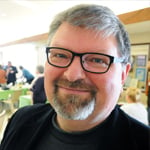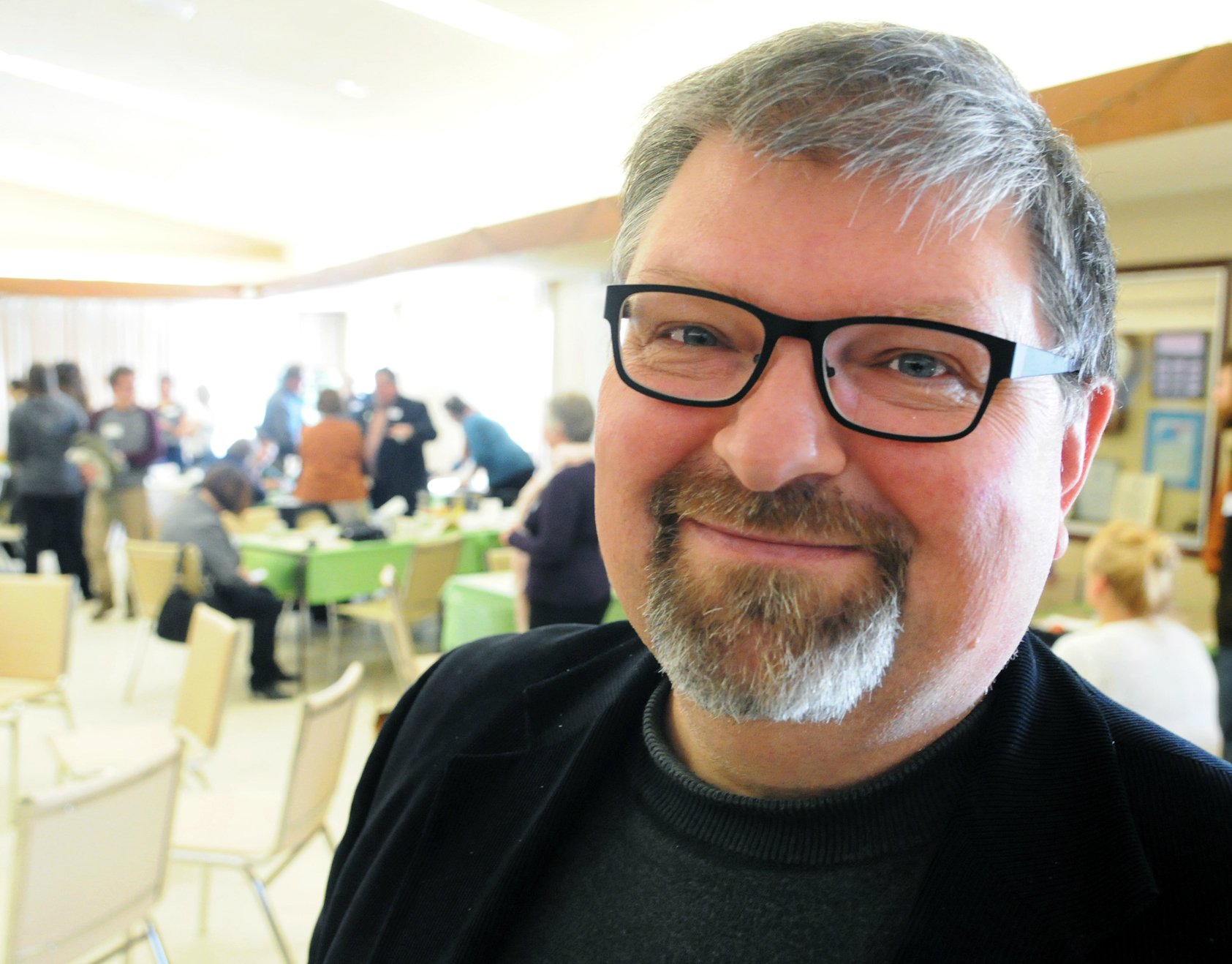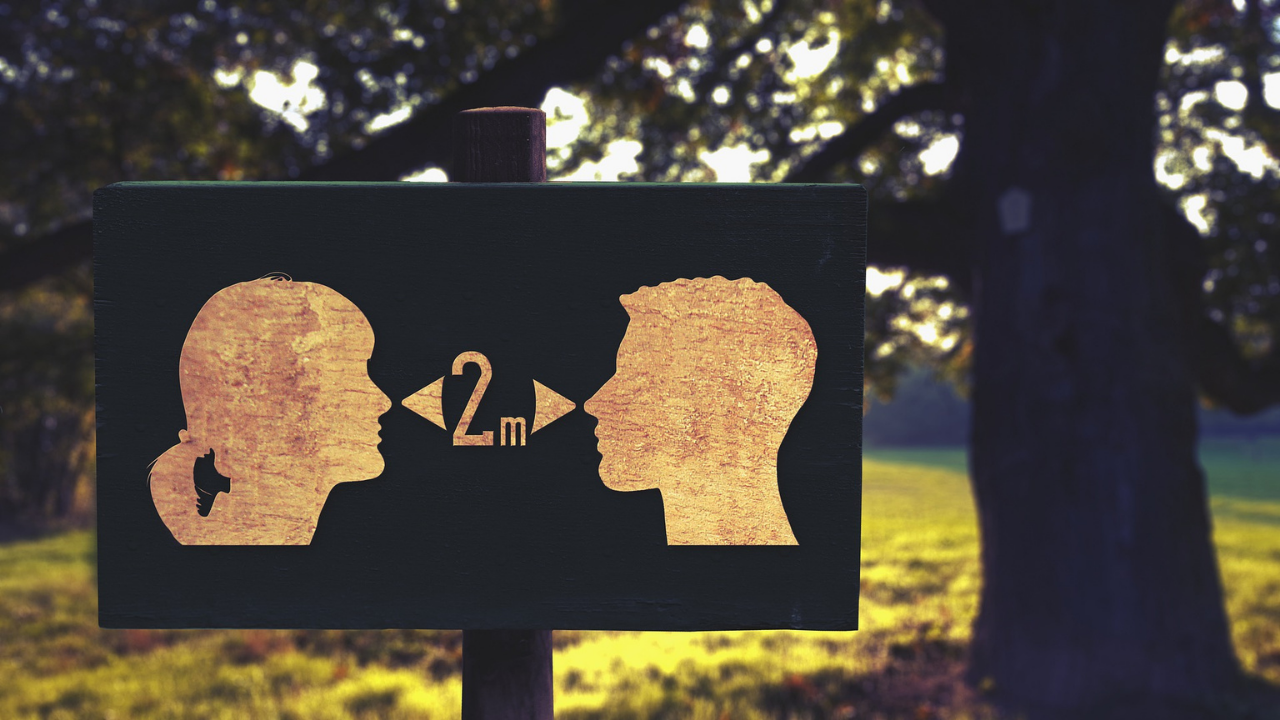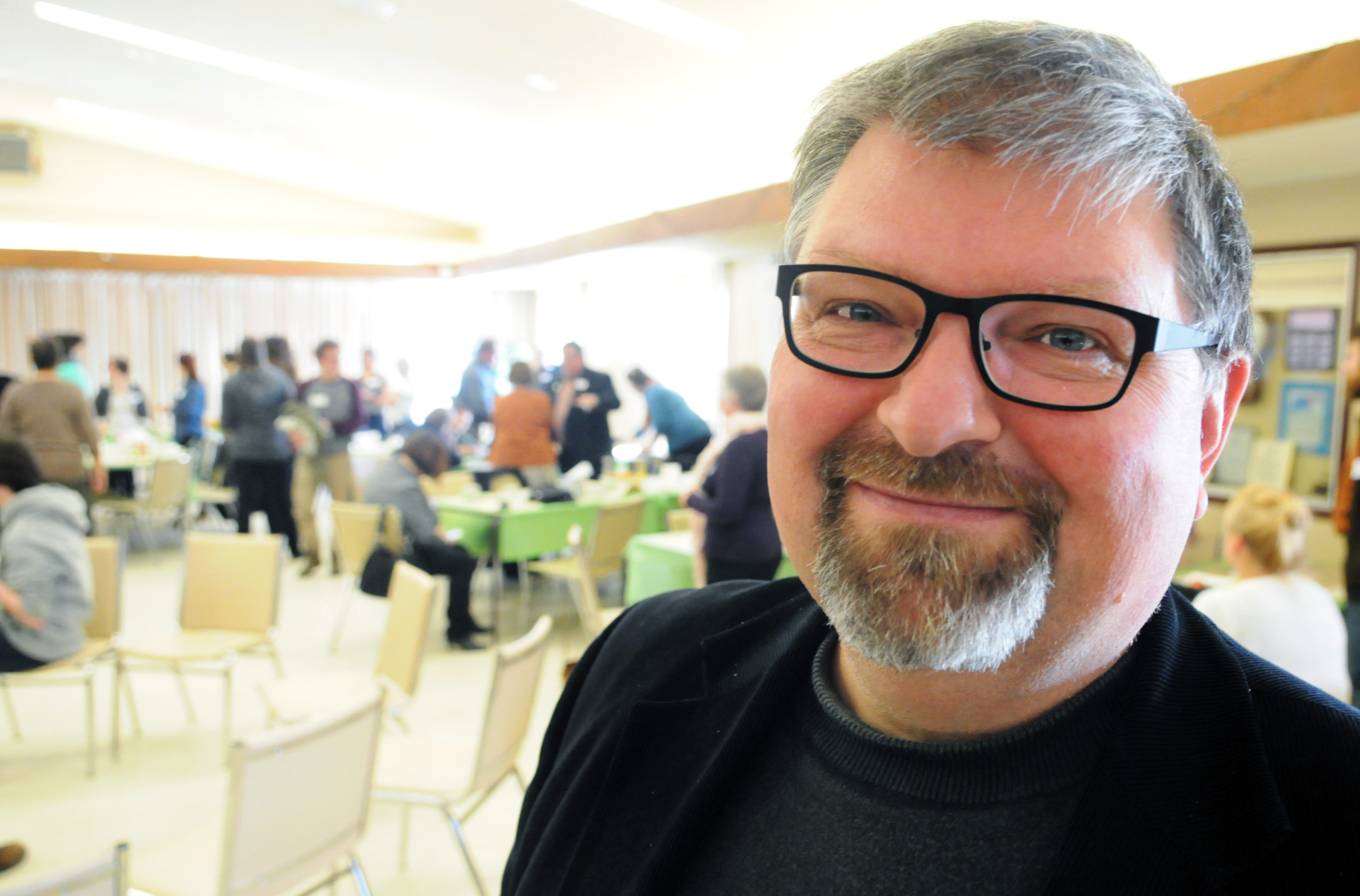Later this month, more than two hundred people from across North America and around the world will be meeting in Toronto to learn together and challenge each other to "up our game" in our work of community change. This is the kind of disruptive leadership that is needed to encourage us all to relentlessly question our own assumptions and approaches in search of more effective ways to tackle our toughest social and environmental challenges.
To help stimulate thinking in advance of this Gathering, Tamarack has developed a series of original papers that articulate the ideas and questions we ourselves have been exploring over the past year. The first paper in the specially commissioned Community Change Institute Series -- Collective Impact 3.0 -- was released last week. Our Community Can Change is the second paper of this series. Over the coming weeks, watch your inbox for other articles in this series. And, regardless of whether or not you will be joining us in Toronto, we welcome your feedback and questions on the ideas these papers are exploring!
The Promise: Give people good information and effective tools, and they will organize and work together to create the kind of communities they want.
they want.
The first time I met author Meg Wheatley, she made a comment that stayed with me. She said, (or at least this is how I heard it): “Do not worry about organizing people ... when people are engaged, they will organize as they need to.” Her book Leadership and the New Science inspired me when I began thinking about systems change. It also helped me to look at leadership not just as an individual act, but also as something people do together.
As people act toward a common agenda, they bring a collective leadership to bear upon the issue. What I find amazing is that in the act of working collaboratively, we can observe leadership happening on two levels:
- Individual leadership – in the form of contributions such as sharing a personal vision, listening, analyzing the facts, giving direction, and being bold.
- Collective action – in the form of work that happens between people, including conversing, engaging, agreeing, collaborating, deepening relationships, and acting. As I observe collective action, I see people bringing to life the principle that “the whole is greater than the sum of its parts” (Aristotle).
For the past 15 years, I have had the privilege of working at the Tamarack Institute, where we observe, document, and teach collective action to individuals and communities seeking to improve their social and economic conditions. We have landed on five core ideas to explain and teach this community change.
- Collective impact is the most powerful set of ideas as it provides a group of actions, including building a common agenda and a shared measurement system, to make it easier to work together and to strengthen mutually reinforcing activities between community partners. Continuous communication keeps the partners aligned and builds momentum, while a backbone governance and staffing model provide an agreed-upon structure for action and dedicated professionals to support its implementation.
- Community Engagement is the most important as it recognizes that for large-scale change to occur, we need to engage a large number of people who believe in the cause and are willing to act. We have observed that when people have good information, are consulted about the change desired, and are given an opportunity to be involved in the change process, they become committed to the work at hand and actively participate. This is critical because sustainable community change requires everyone in a community to be engaged, not just the traditional leaders and organizations associated with the issue.
- Community Innovation is most critical, as to be content with how things are now is to assume that if we just work harder, smarter or invest more money in the current way of doing things we will get a different result. Change at the community level requires us to be “rethinking” and to improve current systems of program delivery. It requires us to come up with new ideas. When we engage people with lived experience with an issue (such as someone living in poverty in a campaign to end homelessness) for example they would be able to give us critical insights into their needs and foster a culture of new or renewed thinking.
- Collaborative leadership is the most personal as it requires people involved in the change process to consider how they show up in the work. I often express collaborative leadership in this way: “I am a leader, we are all leaders, there is work to do, let’s get on with it.” This provides a framework for building collective action. First we recognize that leadership is individual and when people are engaged they start to take ownership of the change required and take individual action. Second when people are collectively engaged they join forces to create a joint action in order to make the whole greater than the sum of its parts.
- Evaluating Community Change is the most essential as it recognizes that change cannot scale unless we can understand the outcomes. A shared measurement system requires us to understand not only what we want to change but how we might be able to measure the change as real and tangible at the population level. At Tamarack, when we track community change, we most often consider three levels of outcomes. First, we want to know how many individuals and families have experienced an improvement in their lives as a result of the programs that have been put into place. Second, we want to track a community’s potential by understanding and documenting how its capacity for change is improving. This involves tracking outcomes such as a growing cross-sector collaboration, strengthened engagement with people of lived experience, or a more exact and broadly held understanding of the issue. Third, we want to track “policy” shifts (large-scale sustainable change) and the changes in approach to the issue either on an organizational level (i.e., a business improves hiring practices to reduce poverty) or on a community-wide level (i.e., the city institutes a lower bus pass fare for low-income people).
Though we most often discuss or teach these five ideas separately, we are increasingly seeking to understand all five as critical elements in any community change process. Can collective impact really work, if we do not have deep and broad engagement? Can we embrace change by working collaboratively, if we do not change how we understand leadership? Shared measurement might help us set goals, but does it take into account a more comprehensive understanding of how complex change can be? The innovation that is part of genuine large-scale change requires us to hold all five of the above ideas in tandem. In so doing, we increase our likelihood of making a large-scale collective impact. Like the five fingers on a hand, each idea offers something of critical importance, but when all five fingers work together the work is easier and more effective.
Download the Full Article Here
Learn More:
- Download the full article Our Community Can Change by Paul Born - the second paper in Tamarack's Community Change Institute Series
- Join Paul and a dynamic array of thought leaders and community change practitioners at the Community Change Institute in Toronto, Ontario, September 26-30, 2016
- Read Collective Impact 3.0: An Evolving Framework for Community Change the first paper in the Community Change Institute Series by Mark Cabaj and Liz Weaver
- Register here to join the September 12th webinar Collective Impact 3.0: A Conversation with Mark Cabaj and Liz Weaver
- Visit www.tamarackcommunity.ca to dive deeper into Tamarack's 5 Ideas and 2 Practices





